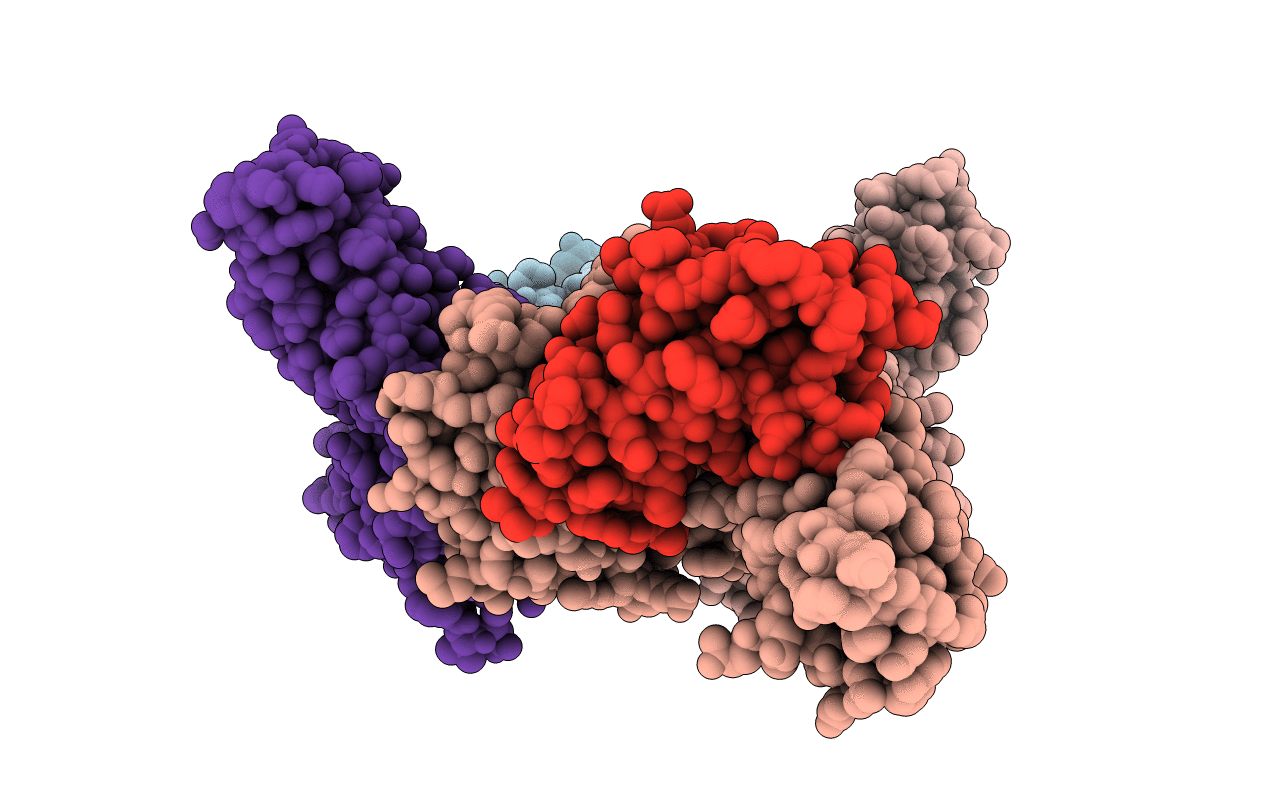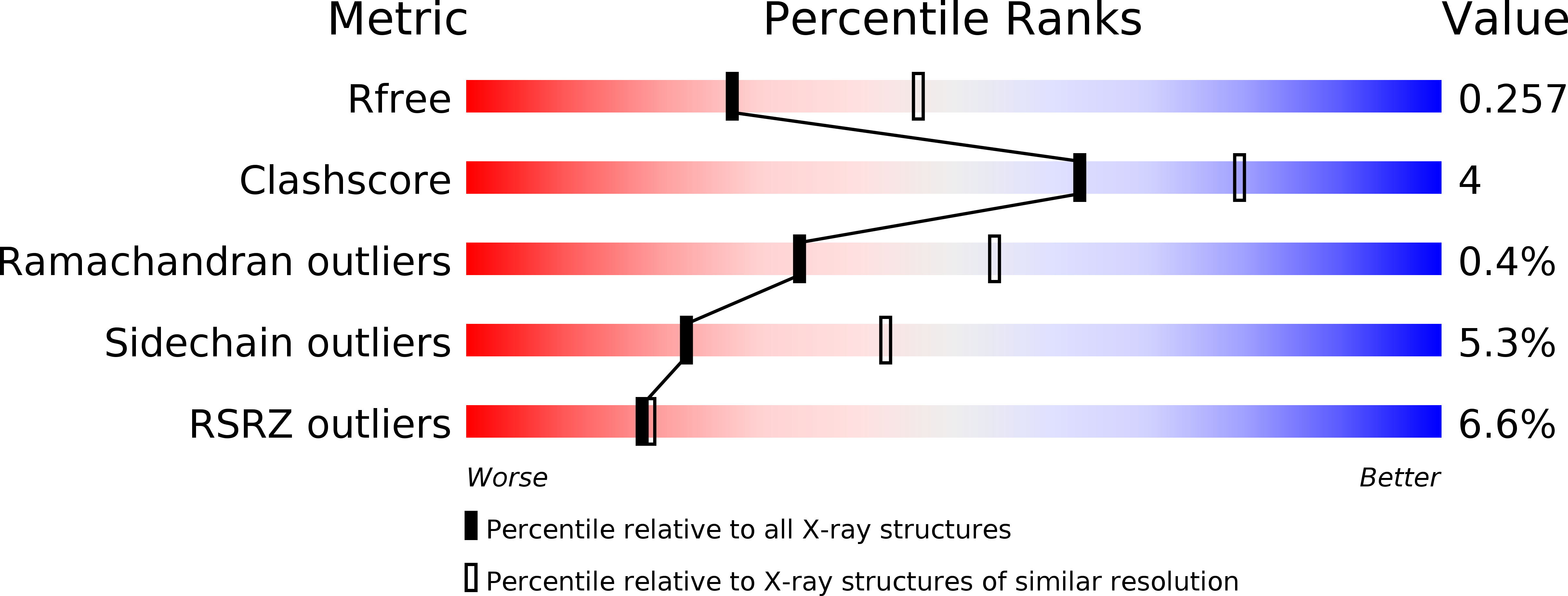
Deposition Date
2013-10-18
Release Date
2014-02-05
Last Version Date
2024-11-06
Entry Detail
PDB ID:
4N8V
Keywords:
Title:
Crystal structure of killer cell immunoglobulin-like receptor KIR2DS2 in complex with HLA-A
Biological Source:
Source Organism:
Homo sapiens (Taxon ID: 9606)
Vaccinia virus WR (Taxon ID: 10254)
Vaccinia virus WR (Taxon ID: 10254)
Host Organism:
Method Details:
Experimental Method:
Resolution:
2.50 Å
R-Value Free:
0.25
R-Value Work:
0.22
R-Value Observed:
0.22
Space Group:
P 21 21 21


